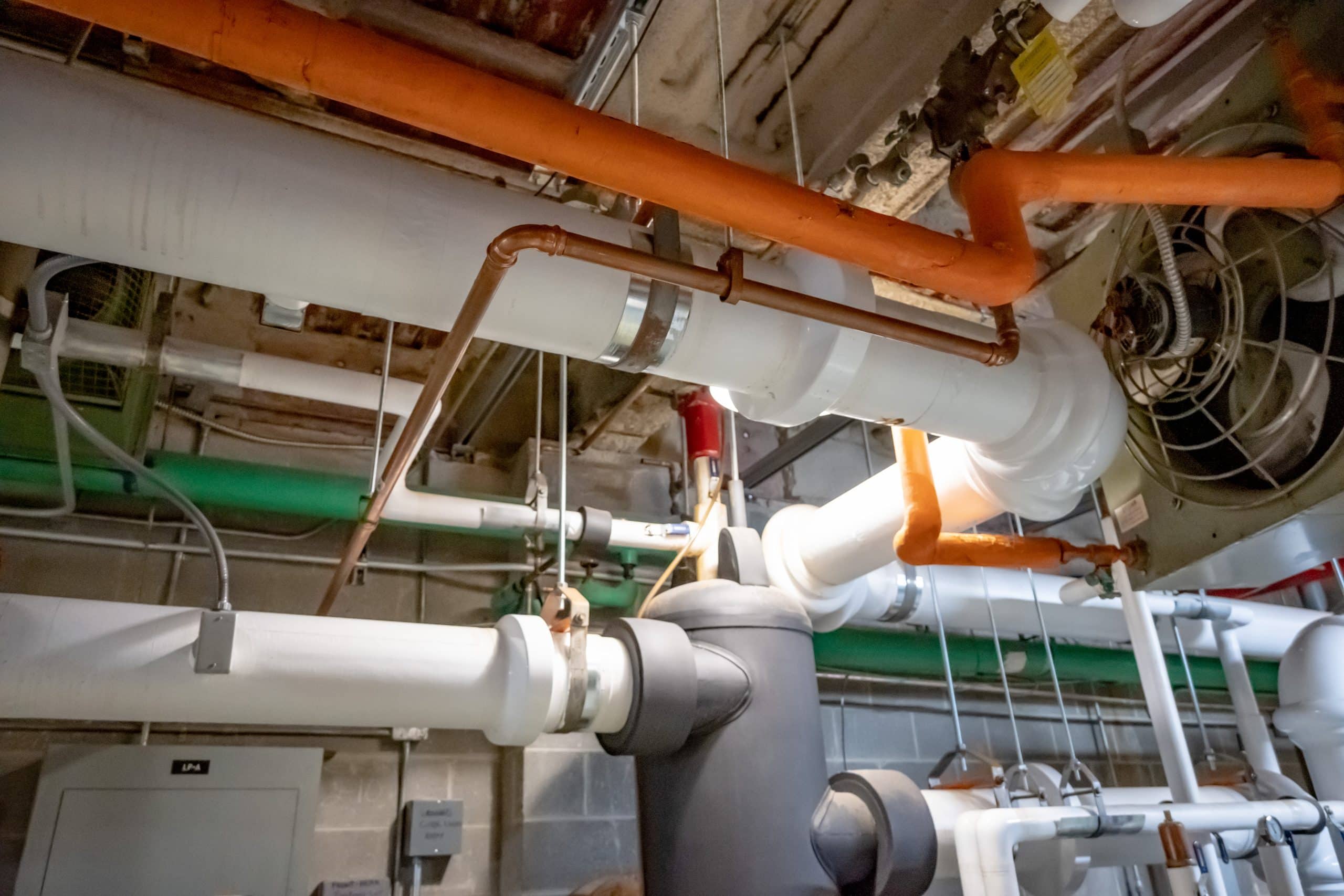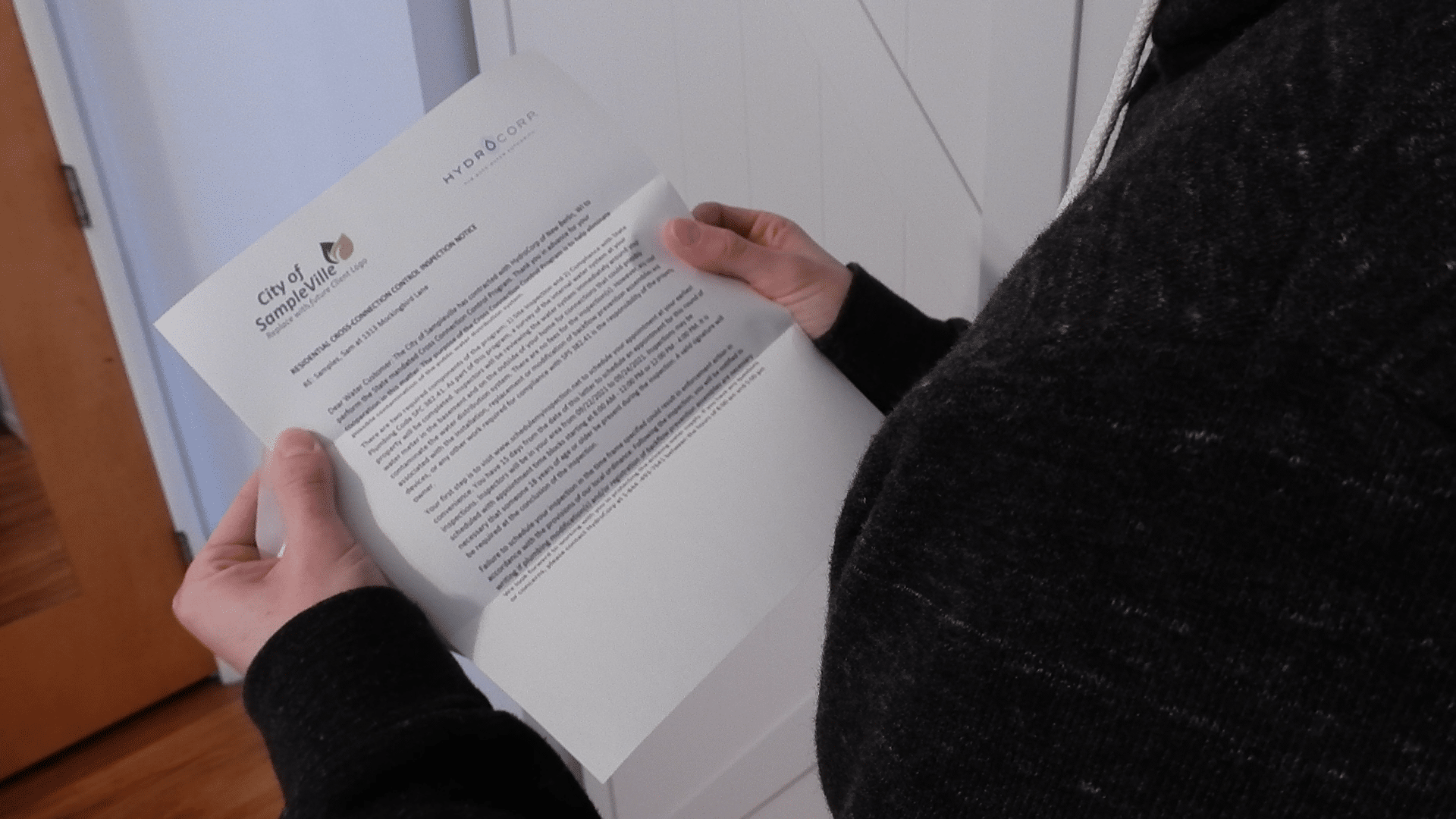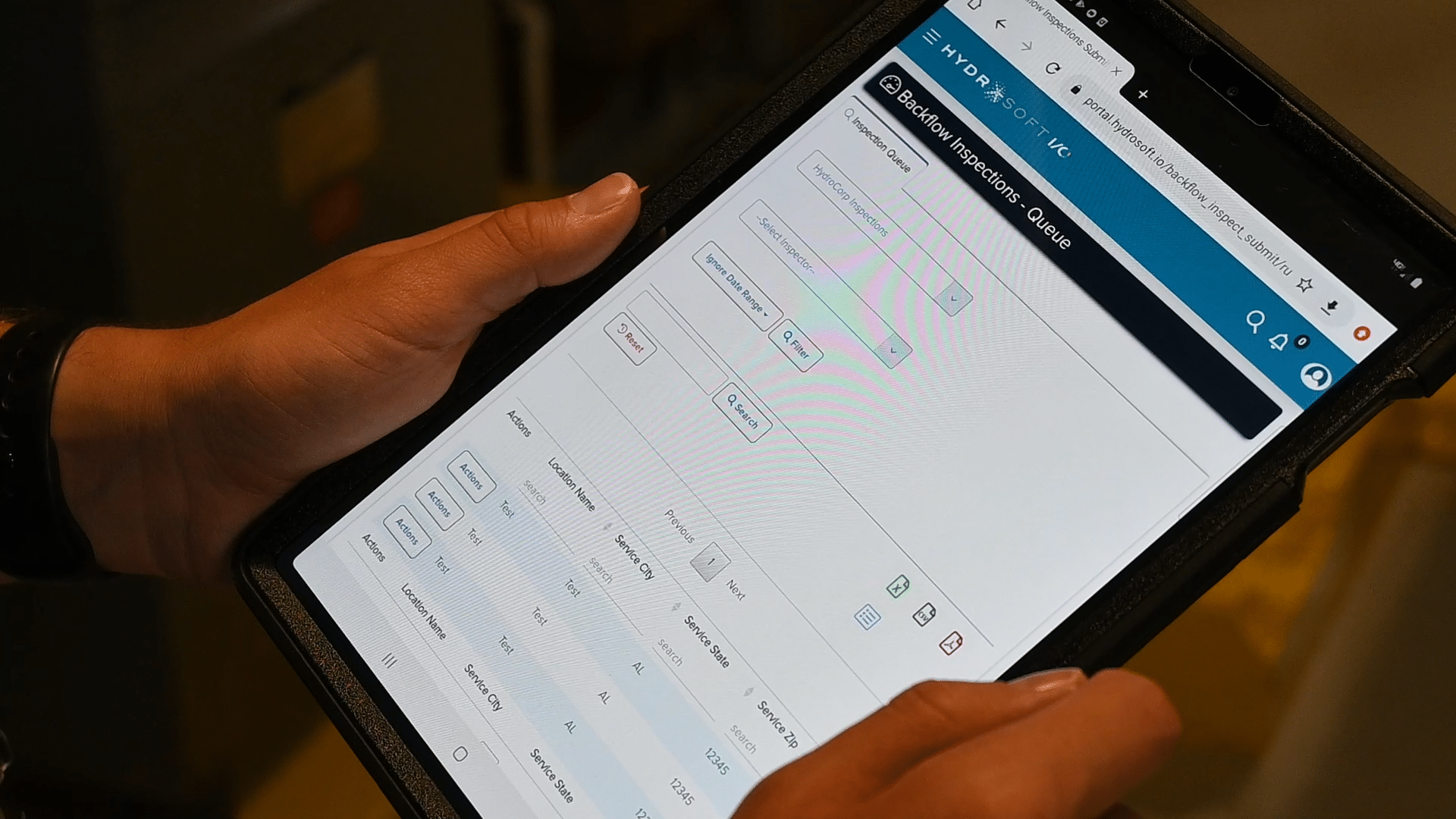Outline:
- In the back half of each year, it is critical to evaluate the effectiveness of your water system’s cross-connection control program.
- Review policies and procedures around inspections, testing, public awareness and education, data management, and record keeping.
- Public water systems can pressure test their cross-connection control programs to discover where there might be opportunity to enhance and strengthen the program.
Cross-Connection Control Programs: The Essentials
Ensuring the safety and quality of our public water supply is a year-round responsibility. As we pass the mid-year mark, it’s essential for public water systems to conduct a thorough review of their cross-connection control programs. This checkup is crucial for maintaining compliance with state regulations and safeguarding public health. According to the AWWA M-14 Cross-Connection Control Manual, regular evaluations of the system’s cross-connection control program help in identifying potential hazards and implementing effective control measures. Here are three key areas to evaluate:
1. Identifying and Resolving Undetected Cross-Connection Hazards
One of the primary responsibilities of public water systems is to identify and mitigate cross-connection hazards that may go unnoticed. According to the AWWA M-14 manual, a comprehensive hazard assessment should include the following activities:
- Regular Inspections and Surveys: Conducting routine in-person inspections of commercial, industrial, and residential properties to identify potential cross-connections. This critical work can only be done onsite by a human; no technology exists to locate and assess potential cross-connection hazards. Note: When service line connections are not contained by an approved and tested backflow assembly, point-of-use cross-connection surveys of all internal potable water connections is highly recommended. This includes janitor sinks, hose bibbs, process equipment, and more.
- Backflow Prevention Assembly Testing: Ensuring all backflow prevention assemblies are tested annually, as required by state regulations, to confirm their proper operation. Maintaining records of the testing history and swiftly following up with water customers who need to take corrective action on non-functioning backflow preventers is critical.
- Public Education Campaigns: Raising awareness among the public about the dangers of cross-connections and the importance of backflow prevention devices. Your inspectors cannot be in every facility, building, and home all at once. The first line of defense against hazardous cross-connections being created is the water customer themselves.
Adequate identification and resolution of cross-connection hazards help prevent contamination incidents and ensure the safety of the public water supply.

2. Increasing Awareness and Responsibility Among Local Water Customers and Building Owners
Continuing from the need for Public Education Campaigns, local water customers and building owners play a crucial role in maintaining a safe public water supply. It’s important to routinely educate them about their responsibilities and the potential enforcement actions that may be taken for non-compliance. Key strategies include:
- Clear Communication: Distributing informational materials that outline the responsibilities of water customers and building owners in preventing cross-connections. This should include details about the dangers of contamination via a cross-connection in a backflow incident. This distribution can be in the form of newsletters, web pages, or utility/municipal social media pages.
- Training and Workshops: Hosting training sessions and workshops to educate building owners, plumbers, and facility managers about cross-connection control measures and best practices.
- Enforcement Policies: Implementing and communicating clear enforcement policies for non-compliance, including fines and mandatory corrective actions. It is also vitally important to ensure that the water utility has sufficient legal right to enforce these policies, up to and including shutting off the water. This should have been established when the ordinance to adopt the cross-connection control program plan was passed.
By keeping local stakeholders informed and engaged, public water systems can enhance compliance and reduce the risk of cross-connection hazards.

3. Accurate Recording and Accessibility of Data and Communications
Maintaining accurate records and ensuring the accessibility of data and communications is essential for effective cross-connection control and emergency response. The AWWA M-14 manual emphasizes the importance of:
- Comprehensive Record-Keeping: Keeping detailed records of inspections, backflow prevention device tests, and corrective actions taken. This includes documenting communications with building owners and water customers.
- Data Management Systems: Implementing robust data management systems that allow for easy access and retrieval of information in the event of a contamination emergency. Digital solutions for these systems are a quick and easy way to keep, organize, and access this data.
- Regular Audits: Conducting regular audits of records and data management systems to ensure accuracy and completeness.
Accurate and accessible records enable quick and effective responses to contamination incidents, minimizing potential public health impacts.

Conclusion
Mid-year cross-connection checkups are a vital part of maintaining a safe and compliant public water supply. By focusing on identifying and resolving undetected hazards, increasing awareness and responsibility among local stakeholders, and ensuring accurate and accessible records, public water systems can pressure test their cross-connection control programs to discover where there might be opportunity to enhance and strengthen the program. For more detailed guidance, refer to the AWWA M-14 Cross-Connection Control Manual, or get the 2024 Cross-Connection Control Program Plan Essentials eBook.
Stay proactive and diligent in your cross-connection control efforts to ensure the safety and reliability of your water system for all customers.


